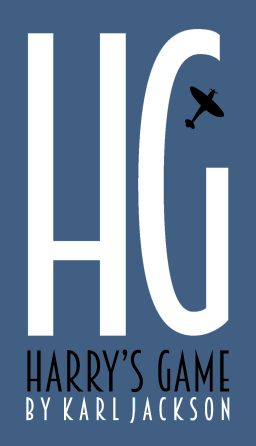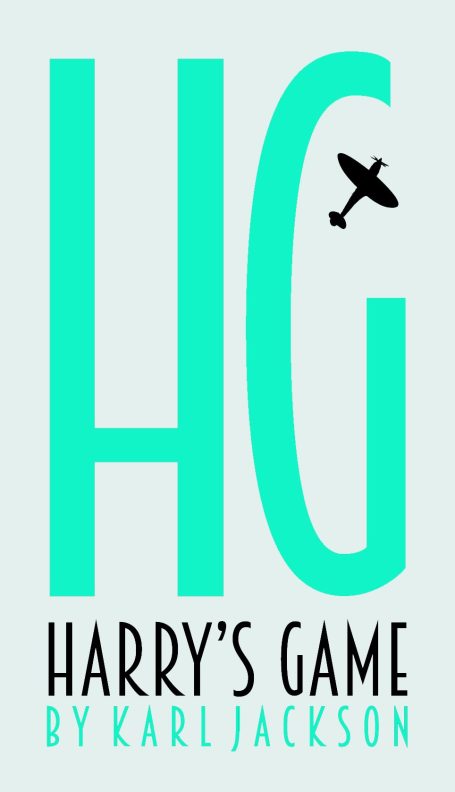
Project H25
Promoting Harriet's Story and Preserving History
In 2025 a new project started to both publicise Harriet's story, while working to preserve hitstory, and tell some of the real life stories behind Harriet Cornwall's adventures, from Dunkirk to Berlin, and beyond.

The Tunic
Late in 2024 I found a 1940 Royal Air Force Officer's tunic that had managed to survive the moths for 84 years, and rescued it from being disposed of and never seen again.
The tunic was unnamed, and it's past lost. It was the perfect foundation for the project.
After a little tlc to bring it back to life, it was off to the seamstress...
Norway
Even harder to find than a 1940s pattern officer's tunic, are the shoulder titles worn by those pilots of the Commonwealth, and those from the occupied countries flying under the command of the RAF, particularly the 'Norway' flashes, as worn by Harriet Cornwall throughout her story.
I found one, and then the other, over a period of two years, and while the style is the same, there are slight differences as with all hand made items of the time.
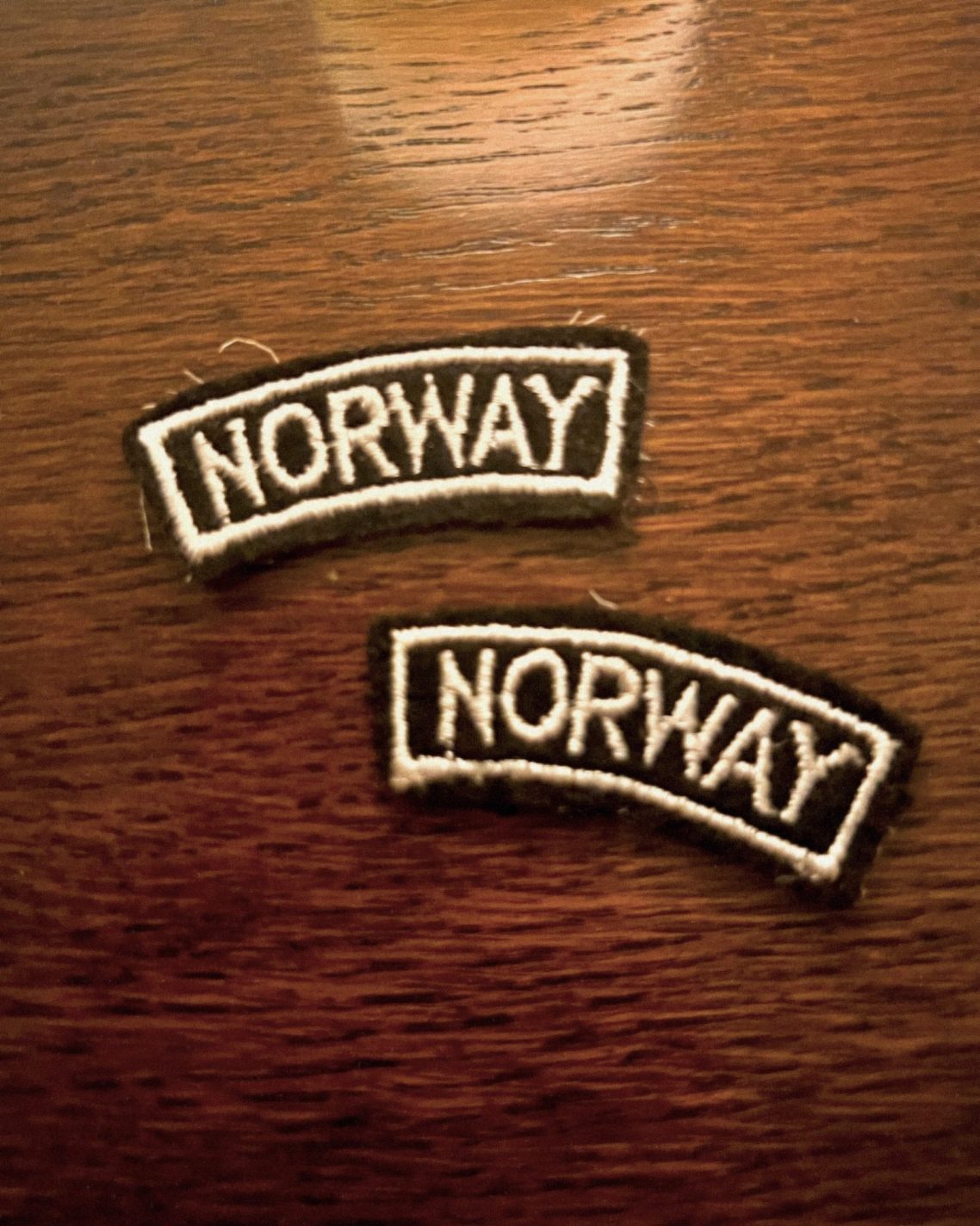
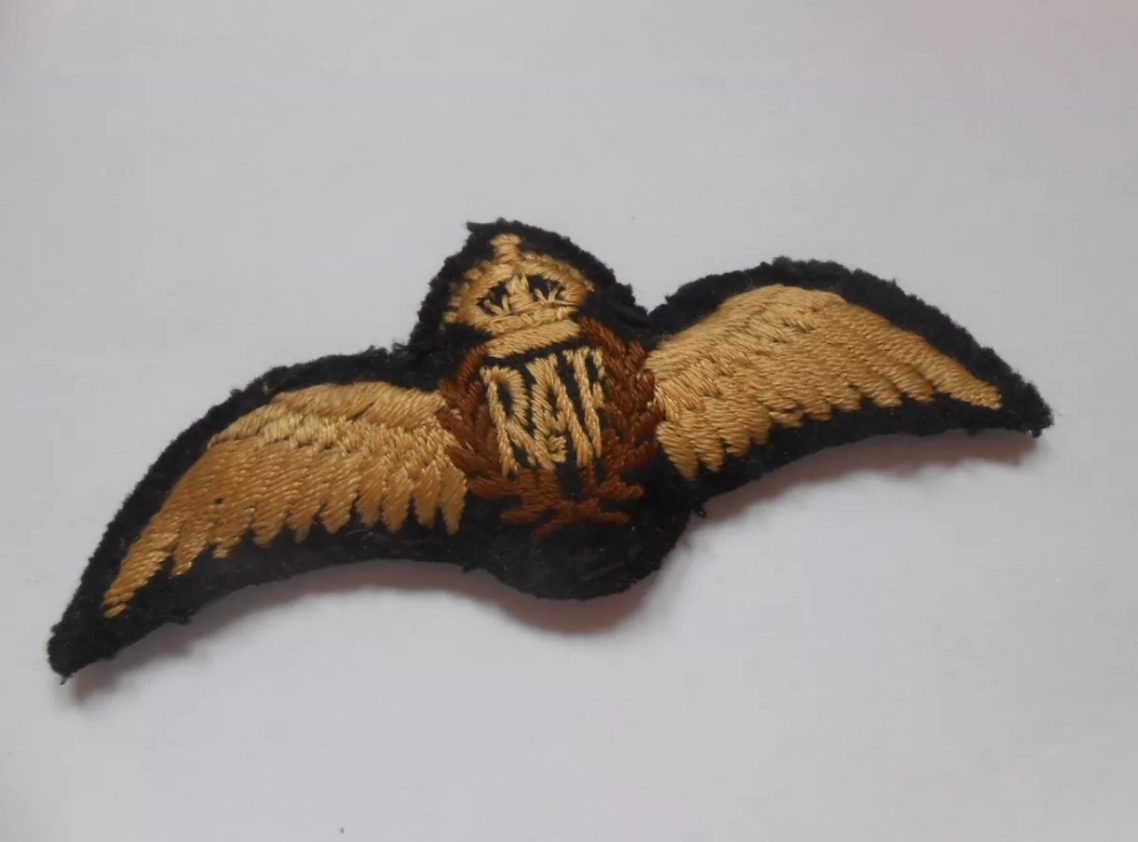
Wings
While the RAF pilot brevet of WW2 had a standard design, there was very little standard about them. There were some issued by the RAF, and many more made to specification by tailors around the world, with the regulations being interpreted slightly differently each time,
I was lucky to find the wings in the picture, that had been taken by their previous owner from a moth eaten uniform that was beyond saving, and were acquied originally mid to late 1940.
Decorations
By the end of the Battle of Britain, Harriet Cornwall had been awarded a number of medals to recognise her valour, including the Distinguished Service Order (DSO), and the Distinguished Flying Cross (DFC) twice, in addition to being Mentioned in Dispatches for bravery.
Original medal ribbons and devices of the period are often part of sets that I woudn't dream of breaking up, so it was off to a specialist who has been producing medals and ribbons for the British armed forces since before the war, to buy new ribbons, including a silver rosette denoting a second DFC, and an oak leaf for the MiD

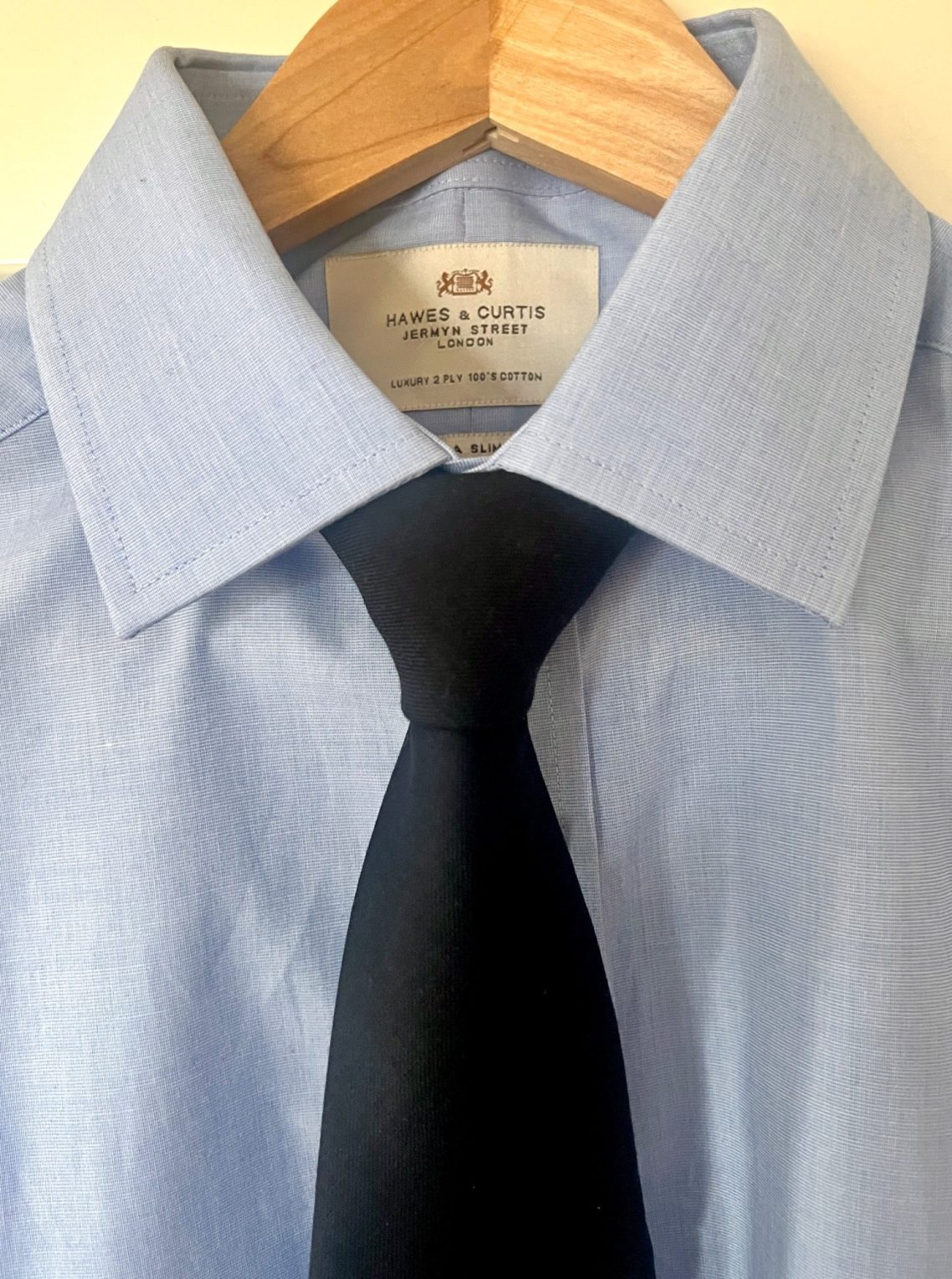
The Shirt & Tie
Pilots of the time had collarless shirts of blue - grey, end on end weave, to which they attached Van Heusing collars that are said to have chafed badly when the pilots spun their heads left and right to look for enemy fighters. There's also a suggestion that they'd shrink in water, and strangle pilots who'd abandoned their damaged aircraft over the Channel.
Only one specialist tailor in Jermyn Street, London, still makes similar shirts, fortunately with the collar attached! They were also able to supply the specified woven wool tie...
Binoculars
While Britain was on a war footing from 1939, industry was nowhere near ready for the scale of war that came as the might of the German military machine swept West, and after the losses of personnel and equipment at Dunkirk, supplies were short by the time of the Battle of Britain just a few weeks later.
These binoculars are original Air Ministry issue from the period, and made of solid brass. This type were issued to aircrew, dispersals, lookouts, and observers throughout the battle, and despite being 85 years old, they still work amazingly well!
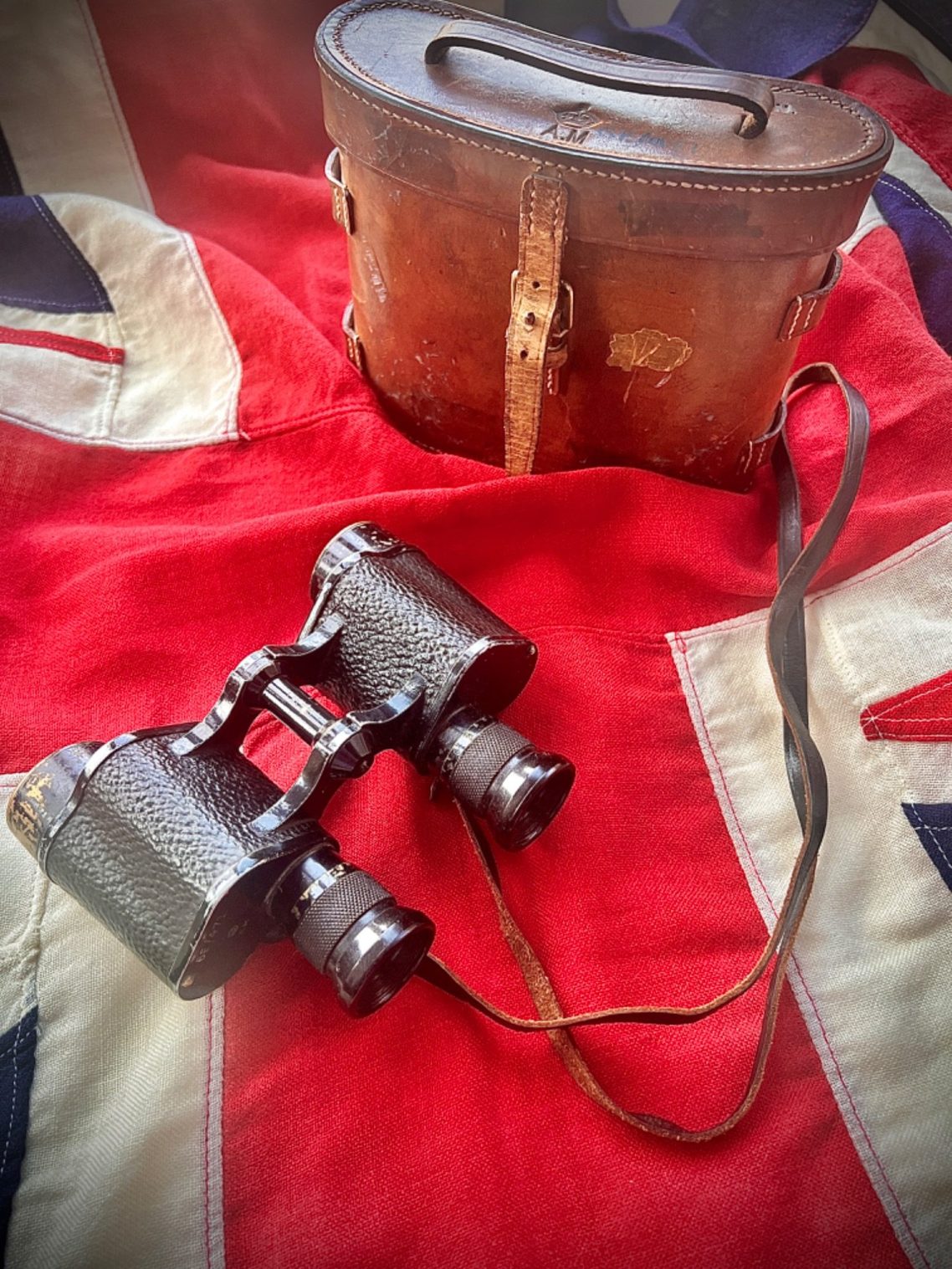
© Copyright Karl Jackson 2025 All rights reserved.
We need your consent to load the translations
We use a third-party service to translate the website content that may collect data about your activity. Please review the details in the privacy policy and accept the service to view the translations.
